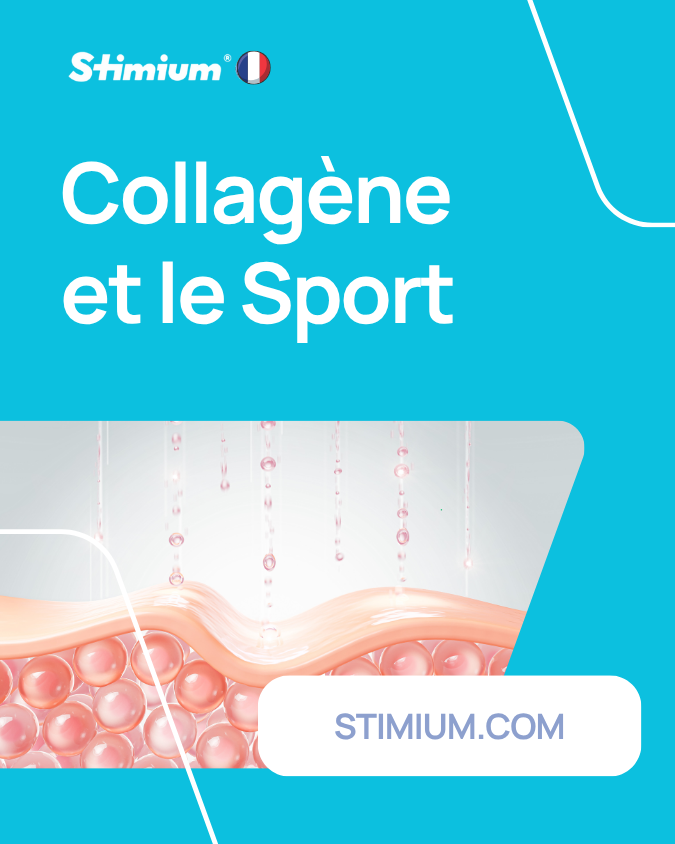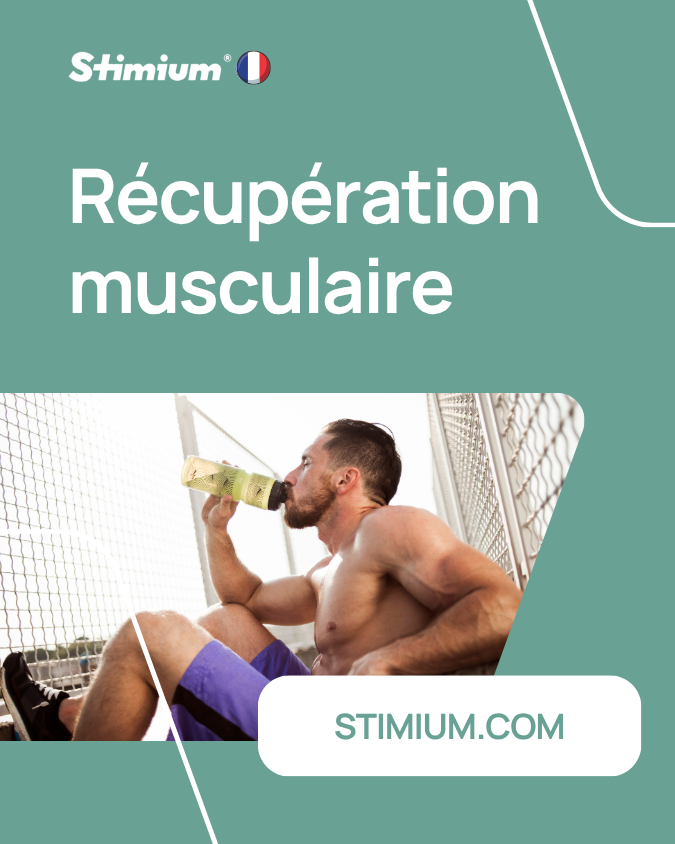Essential Tips for Marathon Preparation
The marathon is not only a test of physical strength, but also a mental challenge that requires strategic and meticulous marathon preparation. Mistakes made during the preparation phase can be costly on race day. This is why following a well-structured marathon plan is essential. For running training enthusiasts, anticipating every aspect is essential. It is essential to test all equipment in real conditions during marathon training programs. From clothing to nutrition, every detail counts. Experts recommend an energy-rich pre-marathon breakfast, like Gatosport, to start the race in optimal conditions. Follow our marathon tips to cross the finish line with an unparalleled sense of accomplishment.
Key Points to Remember
- Initiating a personalized and progressive marathon preparation program is crucial.
- Faithful replication of proven routines guarantees performance and comfort on competition day.
- Allow some time for travel before the race to minimize stress.
- The choice of nutrition and hydration during the race is decisive and must be tested beforehand.
- The first few kilometers are essential to assess the pace and avoid over-revving.
- Maintain constant hydration and effective nutrition throughout the race to avoid the famous “wall”.
Choosing your Equipment to Optimize Performance
To face the challenges of the marathon, the meticulous choice of your running equipment is essential. It must meet the specific needs of this endurance race while integrating the most effective marathon running techniques. So let's discover together the essential elements for a successful marathon.
Shoe selection: A Crucial Step
The choice of running shoes should not be left to chance. They are in fact the first allies of the marathon runner and must offer comfort, cushioning and stability. Make sure you have the right size and don't hesitate to do stride tests to ensure they fit your running style perfectly. Also avoid innovating on the big day; it is essential to have broken them in during your training.
Clothing and Accessories Suitable for the Big Day
Marathon clothing isn't just about fashion; above all, they must prioritize functionality and comfort. Breathable materials that facilitate the evacuation of perspiration are essential, as well as good friction management to avoid irritation. The running belt, the pockets for energy gels, the cap to protect yourself from the sun, all these accessories can be very useful.
The Importance of Socks and Skin Protection
Never underestimate the importance of good compression socks which will promote blood circulation and recovery. On marathon day, they can really make a difference. As for anti-chafing creams, be sure to test them beforehand to avoid any unexpected reactions on race day. Applied to sensitive areas, they will be your best allies against blisters and irritation.
By applying these recommendations and carefully choosing your equipment, you put all the chances on your side to optimize your performance and fully experience your marathon.
The Importance of a Nutrition and Hydration Plan
When it comes to running a marathon, marathon nutrition and hydration during the race play a huge role in reaching the finish line in tip-top shape. Indeed, a well-established nutritional strategy and adequate hydration are as critical as physical preparation itself. So let's see in detail how to manage these crucial aspects.
- Pre-marathon nutrition: A marathon starts well before it kicks off. The pre-marathon diet, especially in the days leading up to the race, should be rich in complex carbohydrates to increase glycogen stores. Include a variety of vegetables, white meats and fish to provide the necessary vitamins and minerals and support the intensive training phase.
- Hydration during the race: Staying hydrated is crucial, not only during race day but also throughout the preparation. It is recommended to stock up on drinks specific to runners' needs, which contain electrolytes to prevent dehydration and muscle cramps.
- Energy Gels: Energy gels provide a quick and convenient source of easily assimilated carbohydrates to maintain energy levels during running. However, it is essential to test them during training to ensure their good digestive tolerance.
The mistake you shouldn't make is experimenting with new foods or drinks on marathon day. All sports nutrition products must have been tested and validated well in advance to avoid any risk of gastric discomfort which could compromise performance.
Adopting a careful nutrition and hydration plan is therefore essential. It maximizes performance, preserves energy throughout the duration of the event, and ensures a successful marathon experience.
The Stimium marathon pack represents the ultimate arsenal for any runner wishing to push their limits and achieve excellence during their event. Designed to provide comprehensive support before, during and after the race, this pack brings together a complete range of products specially formulated to optimize performance and accelerate recovery.
To start strong, Stimium Boost Powder, a high-quality, vitamin-enriched maltodextrin, provides a solid foundation for maximizing your glycogen stores before the event. During the race, Stimium Pro-Nrj comes into play, offering a unique combination of maltodextrin, caffeine, vitamin C and beet juice to provide you with the necessary energy while maintaining your alertness and concentration, and delaying the formation of muscle acidity thanks to its antioxidant properties.
By continuing your momentum, Stimium Boost supports you with its powerful energy cocktail, including maltodextrin, caffeine, L-Arginine, coenzyme Q10 and a blend of essential vitamins to combat fatigue and maintain sustained vitality until 'to the finish line.
After exercise, Stimium Mc3 intervenes to promote optimal recovery, reducing muscle tension and the risk of cramps thanks to its unique composition of Citrulline Malate and Magnesium.
Finally, Stimium Rgn3 Reload completes this marathon pack with its complete formula in vitamins, minerals and ginseng, ideal for restoring nutritional losses and boosting your energy after the event.
This marathon pack therefore offers a holistic approach to performance and recovery, ensuring that every stage of your race is supported by high-quality products, specially designed to meet the unique needs of endurance runners. With the Stimium marathon pack, you have everything you need to push your limits and cross the finish line with strength and determination.
Marathon Preparation: Developing a Structured Training Program
Marathon running requires careful planning, especially when it comes to planning long run sessions and specific training. Serious runners know that success comes from a structured program that includes both endurance sessions and more intense workouts. Maintaining an adequate VMA and including varied workouts are essential to enhance the routine and strengthen the body as a whole.
The Progression of Long Running Sessions
Endurance is at the heart of any marathon training program. Long running sessions not only increase the body's ability to sustain an effort over the distance but also sharpen the mind. It is a methodical progression, typically starting with shorter distances, which helps build this endurance, essential for the 42,195 kilometers of the marathon.
Incorporating Running Techniques to Improve Endurance
Techniques to increase endurance include not only long, leisurely runs but also interval training. The latter, by alternating periods of high intensity with periods of recovery, increase maximum aerobic capacity, or VMA. Outings combining VMA sessions and marathon pace are ideal for conditioning the body to the desired running pace.
Strengthening muscles also plays a crucial role in preparing for a marathon. It's not just about running: the muscles must be prepared to withstand the fatigue and challenges of the course. Incorporating regular strengthening exercises can reduce the risk of injury and improve stability and power while running.
- Start with low intensity runs and gradually increase the distance
- Integrate VMA sessions to improve oxygen consumption
- Vary workout types, including hill rides and track sessions
- Include muscle strengthening and flexibility exercises regularly
This diversified and progressive approach is the key to complete marathon preparation, allowing you to arrive at the day of the competition with confidence and strength.
Post-Marathon Recovery for a Strong Return
Post-marathon recovery is a crucial phase, often underestimated, which determines the return to healthy sporting practice and future performance. Starting with a reduction in training a few days before the event allows energy conservation and a concentration of glycogen reserves for the big day. This carbohydrate load, associated with adequate hydration, plays a major role in the preparation of the body for future efforts. The pre-marathon energy saving method promotes optimal effort management and fatigue management when you cross the finish line.
After the intense effort represented by the 42,195 kilometers traveled, the importance of removing damp clothing quickly should not be neglected to avoid thermal overload and excessive cooling of the body. The transition to an active recovery phase is facilitated by a relaxation massage, a technique known to accelerate muscle repair and relieve accumulated tension. It is also advisable to return to a balanced diet, rich in nutrients and micronutrients, to replenish the body's reserves.
Patience remains key throughout the post-marathon recovery phase. It is best to let a few days pass before resuming light training, to allow the body to completely regenerate. Listening to your body's signals will help you avoid the pitfalls of overtraining and return to your workouts with a refreshed mind and ready for the challenges ahead.
FAQs
How to properly prepare for a marathon?
Good marathon preparation involves a well-structured marathon training program, spread over 10 to 12 weeks, including varied running training, long sessions, interval training to work on the VMA, and rest days. An effective marathon plan also includes marathon tips tailored to your level, personalized marathon training programs, and a gradual increase in the distance of long races.
What equipment to choose for a marathon?
It is crucial to choose running shoes adapted to your stride and comfortable for long distances. Clothing should be breathable, tested during your training sessions and suitable for the weather. Using caps to protect yourself from the sun, running belts to carry your supplies, support socks and anti-chafing creams can also optimize your performance.
How to manage nutrition and hydration for a marathon?
Before the marathon, focus on eating a high-carb diet and maintaining maximum hydration. During the race, use specific energy gels and drinks already tested during training. Avoid unfamiliar foods and products offered on the route to prevent digestive discomfort.
What is the best technique to integrate long running sessions into my training?
Integrate long running sessions gradually, starting with modest distances and gradually increasing the distance each week. This helps build your endurance and get you mentally and physically accustomed to the length of the marathon. Be sure to include a mix of flat and rolling terrain to simulate race conditions.
Why is it important to incorporate specific running techniques into my training plan?
Using specific running techniques like interval training can improve your VMA, pace management, and endurance. This helps make your stride more efficient, increase your speed and strengthen your resistance to fatigue over long distances.
How to ensure optimal recovery after a marathon?
For good post-marathon recovery, start by reducing your training a few days before the competition (tapering) and focus on a diet rich in carbohydrates. After the race, quickly change out of damp clothes, return to hydration and nutrition slowly, and consider a relaxing massage to aid physical and mental recovery. Avoid returning to intense workouts immediately and give your body time to recover.







